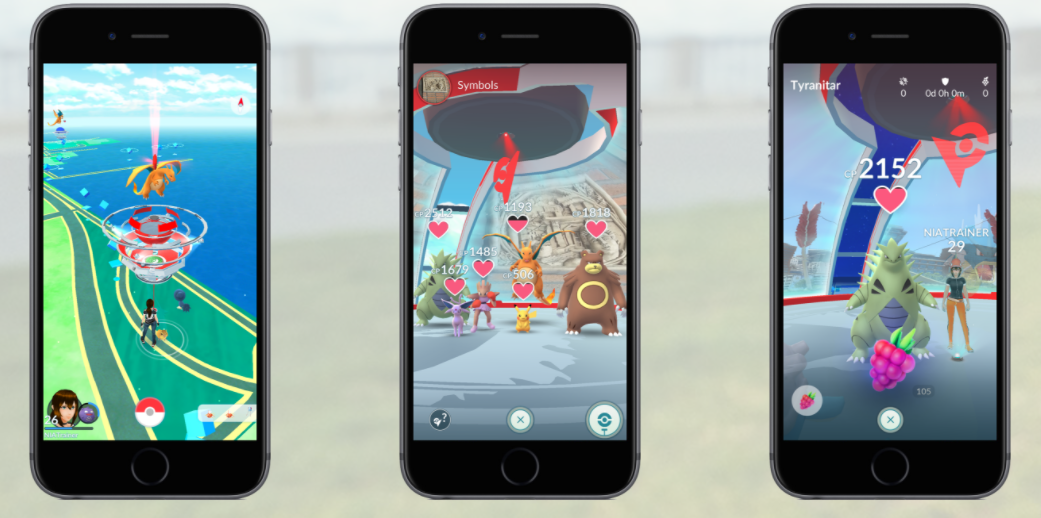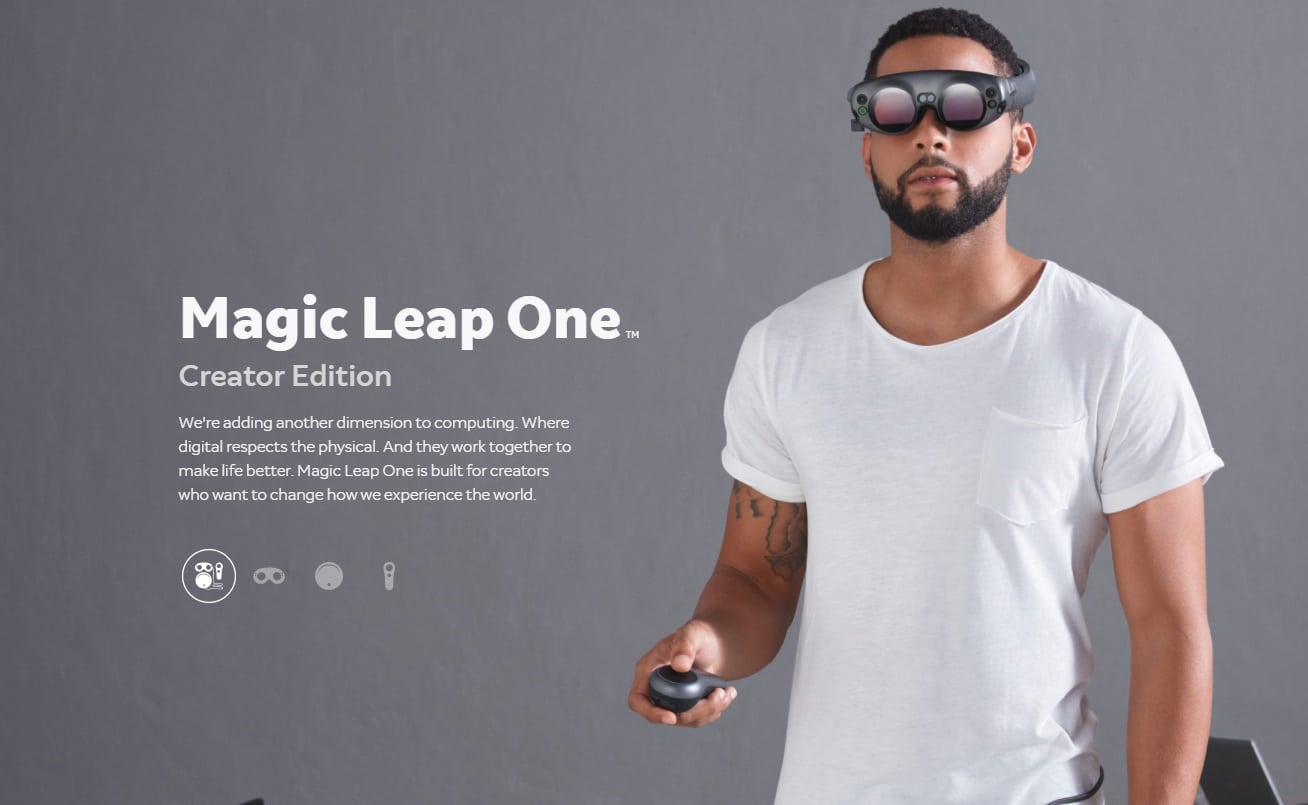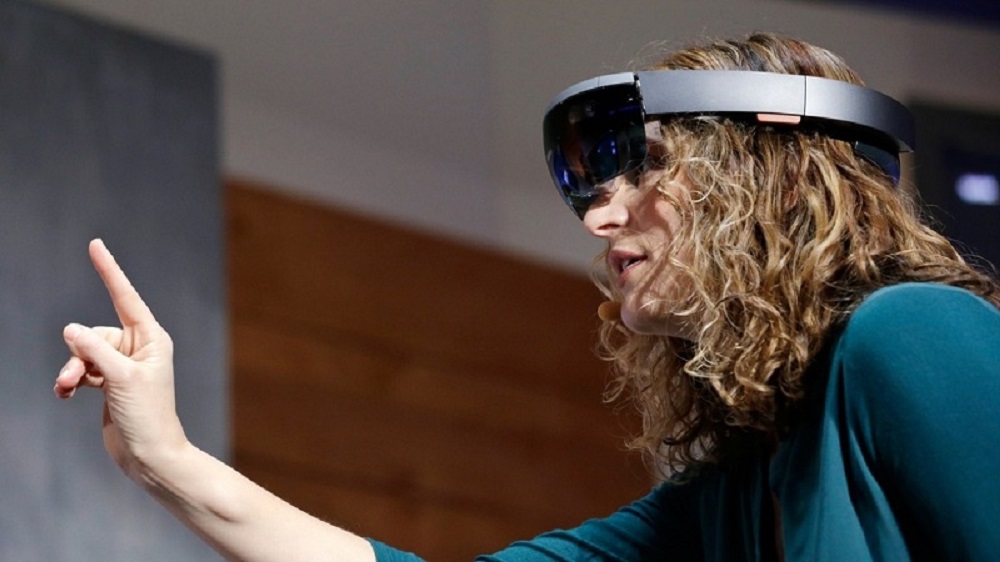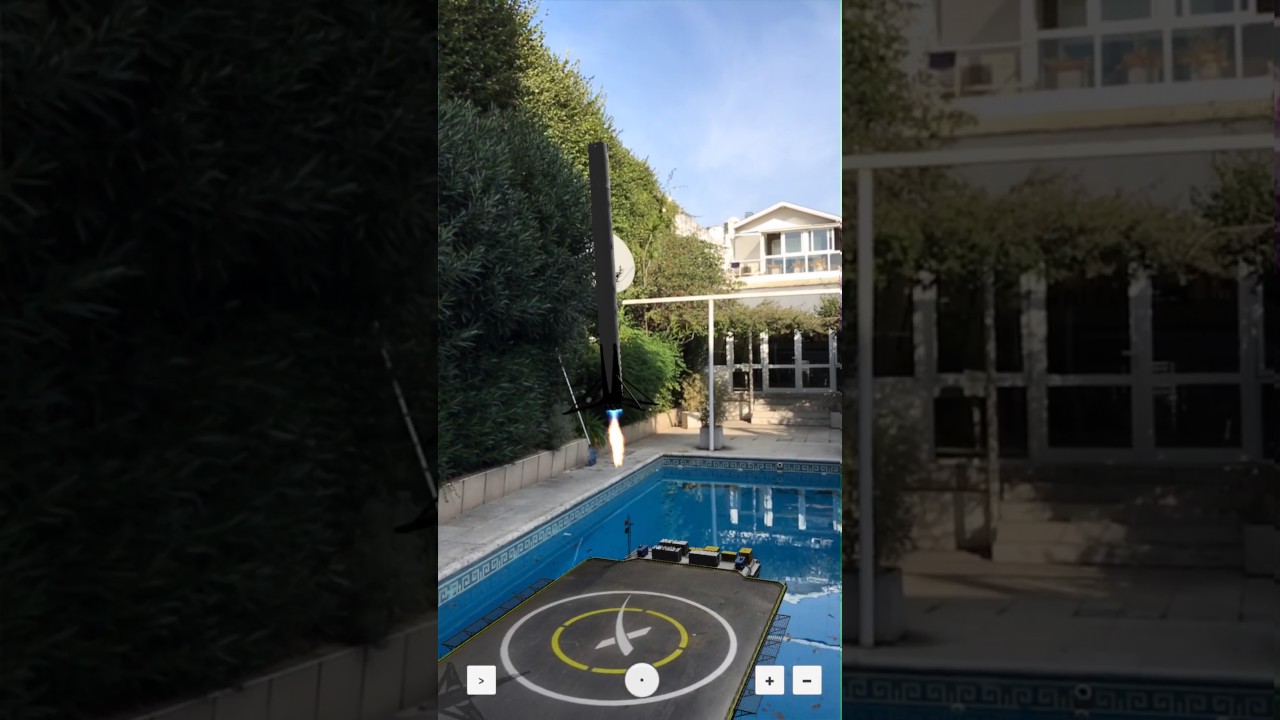VR promises to head in bold new directions this year, but AR is no different. The tech wasn’t quite there in 2017, but there’s plenty of space for it to grow in 2018.
Whereas VR is a few years into its consumer stage now, AR is arguably just a bit behind; HoloLens is still in the development kit stages as is the upcoming Magic Leap One. This might not be the year that these headsets reach store shelves, but that doesn’t mean we’re not going to see big new developments in 2018.
Will smartphone AR go big(er)?

Smartphone AR showed just how much potential it holds when it turned everyone into Pokemon Go-playing fitness freaks back in 2016 with only the most basic level of AR integration. Even before then, the world’s been obsessed with Snapchat filters and now people seem ready to fully embrace smartphone AR. So will it get there in 2018?
The introduction of Apple’s ARKit and Google’s ARCore in late 2017 certainly makes us hopeful, though neither is really capitalizing on their full potential right now. We’ve seen plenty of concept apps for both platforms that don’t seem gimmicky but instead genuinely helpful; morphing map apps into virtual tour guides, helping up find items in massive supermarkets and even projecting furniture into our rooms before we decide to buy it. These are all great ideas, but will the general public catch on?
Is Magic Leap as disruptive as promised?

After years of speculation, Magic Leap rounded out 2017 with the reveal of its anticipated first developer kit, Magic Leap One Creators Edition. Reaction to the reveal was mixed; while the technology is promising on paper, we still haven’t been able to test it out for ourselves and the hardware looks typically bulky for experimental hardware. But there’s one vital promise in the reveal; Creators Edition is coming in 2018.
That should mean developers have kits in their hands within the next few months and, hopefully, we’ll find out if the wait has been worth it. If Magic Leap delivers on all it promises then we may soon have a world in which virtual images augment all aspects of our lives. If it doesn’t, though, we wonder what will become of this heavily-invested-in company.
What are Microsoft’s next steps with ‘mixed reality’?

While Microsoft might have had a quiet 2017 on the HoloLens front, we’re hoping for some significant updates in 2018. Rumors point to a new version of HoloLens — maybe still not a consumer model — releasing in 2019, but that doesn’t mean we won’t see it this year. And there’s plenty to improve over the $3,000 model available now, like that tiny field of view and overall form factor. More importantly, though, Microsoft may now have its first serious competition in Magic Leap.
There’s also the question of if HoloLens fits in with Microsoft’s Xbox One X console, just as we’re wondering with VR. It was nearly three years ago now that the company showed someone playing Minecraft and someone else gazing into that world with a HoloLens; are we ever going to be able to experience that for ourselves?
Microsoft’s “Mixed Reality” platform promises to eventually culminate in a single device that turns totally opaque for a VR experience or stays transparent for an AR experience with digital objects inserted into your view of the world around you. It is unclear, however, how many years away such a device is from being released.
Where does Apple take AR in 2018?

It’s no secret that Apple sees AR as a very important step in its future. CEO Tim Cook has praised the technology on numerous occasions in 2017, iOS has introduced its promising ARKit platform and, above all, patents and rumors suggest that a full AR headset is in the works, possibly for a 2020 release.
So what do we do until 2020? How does Apple lay the groundwork for what could well be its next iPhone? The answer likely lies in the expansion of ARKit, especially with the promise of a new version of Pokemon Go around the corner. Apple has the luxury of time on its hands; customers will happily wait on the Apple edition of the ‘next big thing’, so the company has a few years ahead of it to convince us that AR is that thing.
What is Oculus doing in AR?

Oculus might be seen as a VR company first and foremost, but various job listings over the past few years have suggested its working in AR too. Indeed, some say the true endgame for both VR and AR is a device that is capable of both at their best, so it makes sense the company would be looking toward that future.
But will we see any of its work in 2018? The focus on the launch of Oculus Go, Santa Cruz and a potential Rift successor suggests they might have their hands full right now, even if parent company Facebook is quite enthusiastic about AR right now. Still, Oculus isn’t afraid to talk about far-flung projects at its Connect developer conference; maybe Chief Scientist Michael Abrash could peel back the curtain on what Oculus Research is looking into this year.

























